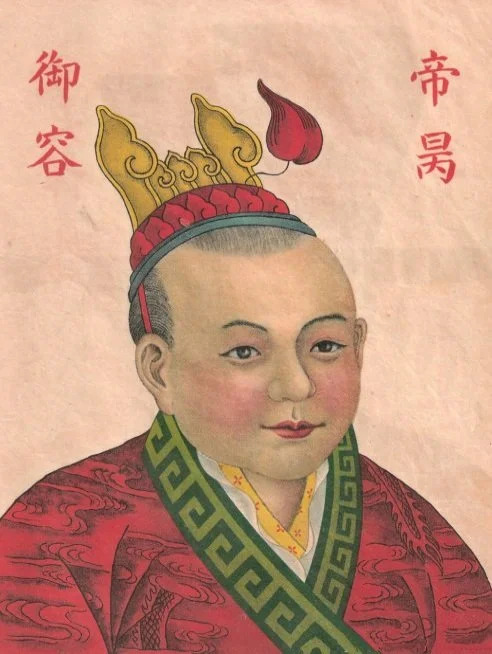
It begins with a boy Emperor...
A transliteration of the Chinese 九龍, gau lung, or “Nine Dragons”, Kowloon is named for the eight mountains which rear up behind the plateau—and one final dragon besides
Legend goes that Kowloon was named in the year 1278 by the boy Emperor Bing, of the Southern Song Dynasty. Noticing the eight hills of Kowloon (Kowloon Peak, Tung Shan, Tate's Cairn, Temple Hill, Unicorn Ridge, Lion Rock, Beacon Hill, Crow's Nest), the emperor was pleased to name them the “Eight Dragons”—but a quick-witted courtier pointed out that the emperor was a dragon himself, making it nine dragons.
By 1278, Emperor Bing’s older brother, 10-year-old Emperor Duanzong of Song, had been pushed out of Fujian province and fled south to Guangdong. After Duanzong died from an illness contracted while running from the Mongols, the throne passed to 7-year-old Emperor Bing. The child was crowned at Silvermine Bay, on Lantau Island.
But Bing’s reign was not to last. The Mongols pressed onwards and just one year after the emperor’s coronation, the Song Dynasty made its final stand against the invaders. At the naval Battle of Yamen on March 19, 1279, a Mongol navy of some 50 warships smashed the Song flotilla of more than 1,000 ships to pieces. There was nowhere left to run. Lu Xiufu, the emperor’s most loyal general and statesman, picked up the 8-year-old king and leaped into the sea, in search of an honorable death. Kublai Khan had unified China under his fist, and the sun dawned on the Yuan Dynasty.
You can visit the “Terrace of the Song Kings,” in the Sung Wong Toi Garden Park in Kowloon City. It’s home to a rock carving which commemorates the two-year reign of the song kings in hong kong.
But the legacy of the last emperor of the Song doesn't lie in a rock, but in those eight dragons: The boy emperor who named a city.



